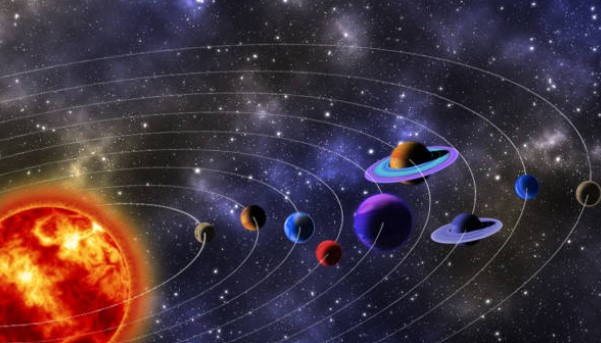Space Science
Explore the wonders of the universe with our Space Science blog. Discover articles on astronomy, astrophysics, and the latest space exploration news.
Smart Village Computer Hub
9/14/20242 min read


Exploring Space Science: Unveiling the Mysteries of the Universe
Introduction
What is Space Science?
Space science is an umbrella term that covers various scientific disciplines focused on the study of outer space. This includes astronomy, astrophysics, planetary science, and space exploration. It involves the use of telescopes, satellites, space probes, and other advanced technologies to observe and analyze celestial phenomena.
Key Areas of Space Science
Space science can be broadly divided into several key areas:
Astronomy: The study of celestial objects such as stars, planets, comets, and galaxies. Astronomers use telescopes and other instruments to observe these objects and understand their properties and behaviors.
Astrophysics: A branch of astronomy that deals with the physical properties and processes of celestial objects and phenomena. This includes studying the nature of black holes, the formation of stars, and the behavior of galaxies.
Planetary Science: The study of planets, moons, and other objects in our solar system. This field aims to understand the formation and evolution of planetary bodies, including Earth.
Space Exploration: The use of space technology to explore outer space. This includes manned missions, such as those conducted by NASA and ESA, as well as unmanned missions using space probes and rovers.
Exciting Discoveries in Space Science
Exoplanets: The discovery of planets outside our solar system, known as exoplanets, has revolutionized our understanding of planetary systems. Thousands of exoplanets have been discovered, some of which may have conditions suitable for life.
Black Holes: The study of black holes has provided insights into the nature of gravity and the behavior of matter under extreme conditions. The first-ever image of a black hole, captured by the Event Horizon Telescope, was a monumental achievement.
Cosmic Microwave Background: The observation of the cosmic microwave background radiation has given us a glimpse into the early universe, providing evidence for the Big Bang theory.
Mars Exploration: Missions to Mars, such as NASA’s Perseverance rover, have provided valuable data about the planet’s geology and potential for past life. These missions pave the way for future human exploration
The Future of Space Science
The future of space science is filled with exciting possibilities:
Deep Space Exploration: Missions to explore distant celestial bodies, such as Jupiter’s moon Europa and Saturn’s moon Titan, are on the horizon. These missions aim to search for signs of life and understand the conditions on these icy worlds.
Space Telescopes: The launch of advanced space telescopes, like the James Webb Space Telescope, will allow us to observe the universe in unprecedented detail, potentially uncovering new cosmic phenomena.
Human Spaceflight: Efforts to return humans to the Moon and eventually send crewed missions to Mars are underway. These missions will push the boundaries of human exploration and technology.
Conclusion
Social Media
© Copyright 2025. All rights reserved. Smart Village Computer Hub.
